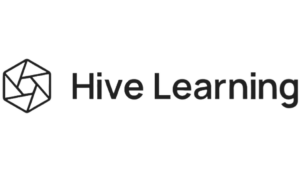HRD Roundtable Report: Establishing a winning end-to-end employee listening strategy
- 6 Min Read
When creating a listening strategy, HR must first understand how to really listen to their people if they are to understand what they want and what they need. The next step is for HR to then convert that data into actionable insights. The discussion began with all participants outlining the challenges they have faced when […]
- Event Types
- Date of Event: May 5, 2022


When creating a listening strategy, HR must first understand how to really listen to their people if they are to understand what they want and what they need. The next step is for HR to then convert that data into actionable insights.
The discussion began with all participants outlining the challenges they have faced when creating their employee listening strategy. Some of the key challenges are listed below:
- Translating feedback into key messages and strategic themes
- Combining different ways of collecting feedback
- Interpreting the data correctly while considering different variables, such as new employee feedback versus long-term employees
- Making sure all people are heard
- Using employee feedback to shape culture and D&I strategy
- Collecting organic feedback
The introduction then ended on a quote by the moderator:
“If you listen to people you have an obligation to go back to them quite quickly to show them what you’ve been doing with that feedback.”
What are some of the obstacles you are facing in accessing employee feedback?
Collecting organic feedback from employees versus always at a point in time, which surveys tend to be, was a key challenge identified. For many employees, there was a concern from HR about survey fatigue, and how external factors such as salary reviews can affect the results.
One solution came from a company-wide initiative – already in motion – around the value of an ambassador network. Associates were asked to volunteer to be intermediates between all associates and the organisation’s leadership team. This meant associate input was anonymised on certain levels.
In this initiative, ambassadors held confidential conversations with associates and gathered input, getting a sense of the key themes coming from discussions. Some themes were easy to navigate, while other themes were bigger in nature, such as company culture. For these themes, ambassadors would work with senior managers who were brought in to guide the conversations. A HR lead also managed the overall discussion.
So far, associates have been very happy with the opportunity to open up and express themselves outside of an annual survey. However, capturing employee voice throughout the year on more neutral terrain can be tricky, particularly with larger organisations who want to scale this over time.
Other solutions to gathering employee feedback more organically was a focus on manager training. Good relationships between managers and their teams is a great way for people to open up and share their thoughts. Training for managers is also equally important, particularly around vulnerability.
A final method of gaining organic feedback was suggested through opening a workplace chatroom. One individual shared that this had worked well at their organisation, as the platform allowed for organic topic creation without a facilitated session by a line manager or HR. However, the negative side of this was the risk of disagreement and the conversation quickly getting out of hand.
Poll results to question: Do you feel you have sufficient insights into the needs of your employees during the employee lifecycle to build a future-proof organisation?
- 50% – Yes, I have a bit of insight
- 30% – I’m not sure
- 20% – No, none at all
What are the stages of the employee lifecycle that you have the information?
Most organisations will use an external party to create their employee engagement strategy. The challenge with that is to connect the data. AI can be helpful, but can perhaps promise too much. For some, the ultimate outcome would be having the ability to collect all the data from all the surveys – from onboarding to exit interviews. Then, leaders could move forward with more of a vision.
When asked if employees knew when they’ll be asked for feedback, the answer was mixed across the group. For one individual, the answer was no. Generally, surveys are ad-hoc to enable HR to gather themes. The next initiative for them would be to think proactively about it, and give employees time and the knowledge of when the next survey would run.
Another organisation had a clearer employee lifecycle strategy. A census survey is run annually in September, alongside smaller pulse surveys at specific points in time. These smaller surveys are not sent to every employee, but instead to selected employees to avoid survey fatigue throughout the organisation.
A larger organisation with a large percentage of its workforce as deskless, gathering feedback required a different approach. For this organisation, they run an annual census survey and ask workers to come into the office, where HR have set up kiosks for employees to go in and submit feedback via laptops. For those unable to access the office, surveys are also sent out via phone through QR codes.
It was also mentioned that on the day of the survey, there are other things going on such as e-learning so that employees don’t have to come in just to submit feedback. This gives everyone the opportunity to want to come into the office, making it more interactive and authentic. This method works successfully, with great response rates.
Finally, another organisation (with over 2000 people) had a very different approach to share. Instead of an annual survey, they do monthly pulse surveys. Each survey gets around a 35% response rate, which equates to one individual completing a survey every three months. Each survey also gets over 200 comments, so it’s clear people are engaging.
HR commits to responding to each comment within a two week time frame. Managers are also responsible for responding, and have access to their own dashboard of feedback for their team. HR and executive leadership see an organisation-wide dashboard. This method makes things more instantaneous.
Closing feedback loops and next steps
Closing the feedback cycle isn’t wholly about giving it back to management or executive leadership. Closing the feedback loop is also about giving back to people.
In a show of hands, the discussion showed around a 50% vote for HR people providing employees with dashboard and results themselves. When asked to expand, one individual noted that they share the dashboard but not the actual feedback comments.
When discussing next steps and measures from feedback results, one organisation shared that they hold best practice sharing sessions, where leaders with varying feedback results can share knowledge and tips.
This discussion ended with the moderator sharing the below:
“A company must have a human centric approach, starting with the needs of their people before developing a solution, product or service. This is now something that isn’t just a nice-to-have, it’s a need-to-have.”








